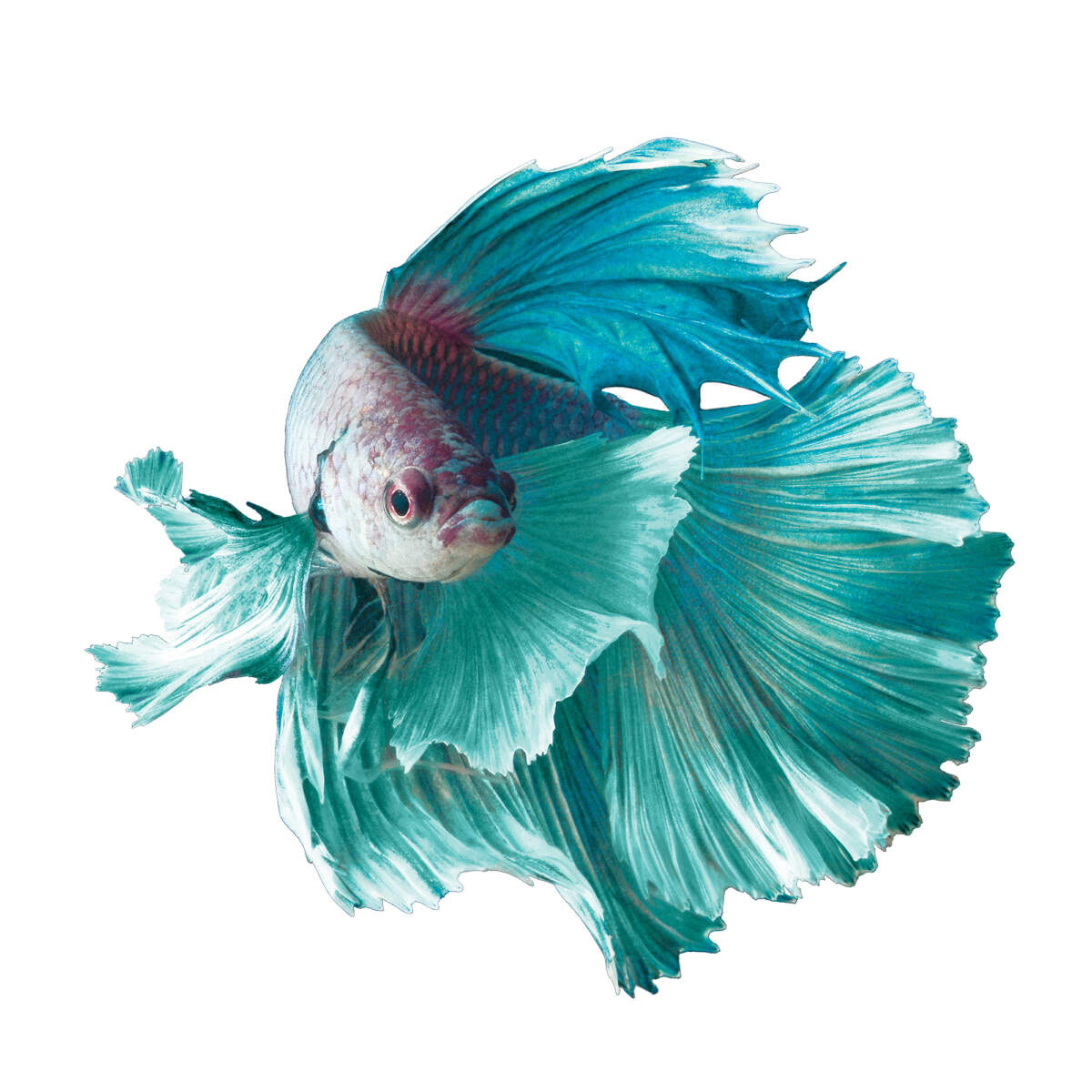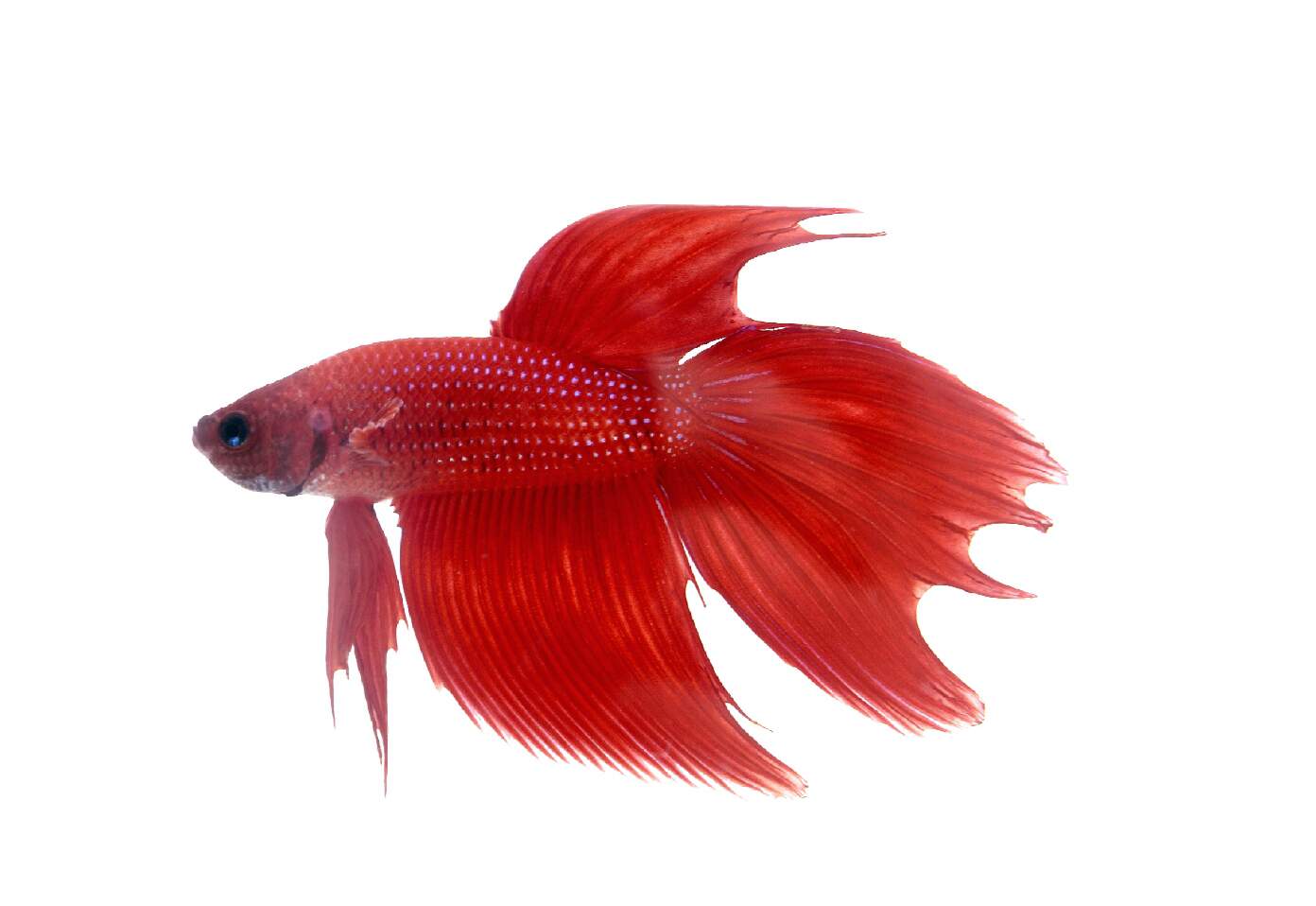Exactly How to Breed Betta Fish Effectively: Expert Methods and Insights for Hobbyists Wanting To Increase Their Betta Collection
Breeding Betta fish needs a nuanced understanding of genes and ecological conditions, making it necessary for enthusiasts to approach the process with both persistance and treatment. Creating an ideal reproduction setting, selecting the best pairs, and observing the details of their courtship behaviors are foundational steps that can substantially influence the outcome.
Recognizing Betta Fish Genes
Recognizing the genes of Betta fish is critical for successful breeding, as it influences traits such as color, fin shape, and behavior. Betta fish exhibit a diverse array of shades and patterns, greatly established by their hereditary make-up.
Along with coloration, fin morphology is one more significant element of Betta genetics (betta fish). The shape and size of fins are affected by numerous genes, including those that identify whether the fins are short, long, or veil-shaped. Comprehending these genetic variants aids dog breeders predict the phenotypic results of their children
Furthermore, behavioral qualities such as aggression and territoriality can also be influenced by genetics. These habits play an important role in the breeding procedure, as they can impact spawning success and the general temperament of the resulting fry. By comprehensively recognizing these hereditary principles, dog breeders can make educated choices, inevitably boosting their breeding programs and attaining desirable results.
Preparing the Reproduction Setting
Creating an optimal breeding environment is crucial for the effective recreation of Betta fish. The very first action in preparing this environment is to choose a proper breeding container, ideally varying from 5 to 10 gallons.
Next, take into consideration using a sponge filter or an air stone to supply mild water blood circulation without creating strong currents that can worry the fish. It is necessary to install plants or breeding cones to use concealing places and promote comfort for the female during the spawning process. Drifting plants, such as Java moss or water sprite, can additionally develop an extra all-natural environment while assisting in bubble nest structure by the man.
Prior to presenting the reproducing pairs, ensure the water is conditioned and totally free from dangerous chemicals, such as chlorine or hefty steels. betta fish. Normal water adjustments should be conducted to maintain ideal water high quality, improving the possibilities of effective reproduction. With these prep work in position, the breeding setting will certainly sustain the health and wellness of both Betta fish
Picking Breeding Pairs
Choosing the appropriate reproduction sets is essential for accomplishing successful Betta fish reproduction. When selecting your reproduction sets, take into consideration numerous vital elements consisting of health, temperament, and genes. Healthy and balanced Betta fish show lively shades, clear eyes, and energetic habits. Choosing fish that are without illness guarantees a better opportunity of generating practical offspring.
Temperament is an additional crucial consideration, as Betta fish are known for their hostile nature. It is suggested to choose a man and lady that display compatible personalities to reduce stress throughout the breeding procedure. A calm male can urge a smoother courtship, while a woman that is as well aggressive might interfere with the procedure.
Genetic history likewise plays a significant role in the high quality of the offspring. Reproducing fish that are genetically diverse can lower the danger of genetic wellness problems and boost the general vitality of the fry. It is valuable to investigate the family tree of both the male and lady, concentrating on preferable qualities such as fin type, shade patterns, and dimension.
The Reproduction Process
The reproduction process of Betta fish important site calls for careful preparation and focus to detail to make certain an effective outcome. Originally, it is vital to prepare an appropriate reproduction tank, ideally a 5-10 gallon aquarium with a temperature level maintained at 78-80 ° F. The tank must be outfitted with a heating system, filter (preferably sponge type to prevent solid currents), and lots of marine plants for the female to hide.
When the atmosphere is established, introduce the chosen reproducing set to the storage tank, permitting them to accustom. Observe their actions; the male will show elaborate courtship rituals, including visit here flaring his fins and developing a bubble nest. If the woman reveals passion, she will display upright stripes suggesting readiness for spawning.
When the woman is receptive, both will involve in a breeding welcome, throughout which the male fertilizes the eggs. It is vital to check their communications carefully, as the male may come to be hostile. After generating, eliminate the female to avoid potential injury. The man will tend to the eggs, which generally hatch within 24-36 hours. Keeping optimum water conditions during this duration is crucial for the growth of healthy Betta fry.
Taking Care Of Betta Fry

Feeding Betta fry is crucial, as they need a diet regimen high in protein. They can be fed infusoria or liquid fry food, transitioning to carefully smashed premium pellets as they expand. Feed small parts numerous times a day to encourage healthy development without straining the tank with leftover food.

As they develop, monitor their development closely and divide any type of aggressive people to avoid harm. By supplying a nurturing setting and appropriate nourishment, hobbyists can efficiently increase Betta fry right into lively, healthy and balanced fish, eventually enhancing their reproduction endeavors.
Verdict
Effective Betta fish reproduction requires precise interest to hereditary option, ecological problems, and treatment for the fry. By recognizing the genes of Betta fish and preparing browse around this site an appropriate breeding atmosphere, hobbyists can improve the possibilities of creating lively, healthy and balanced spawn.